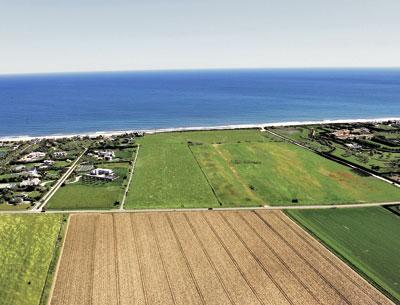Chimney Fire in Montauk
Chimney Fire in Montauk
The Montauk Fire Department stopped a chimney fire from spreading through a house early Tuesday morning.
The residents of 75 Glenmore Avenue were awakened by a smoke detector and called 911 at about 3:15 a.m., according to Ed Ecker, the fire department's public information officer.
More than 40 firefighters responded with six fire trucks, and they vented the single-story house of smoke. The blaze was contained to the fireplace, Mr. Ecker said, and the house is habitable.
Firefighters were back at the firehouse by 4 a.m. The East Hampton Town Fire Marshal's office was not called.
.







